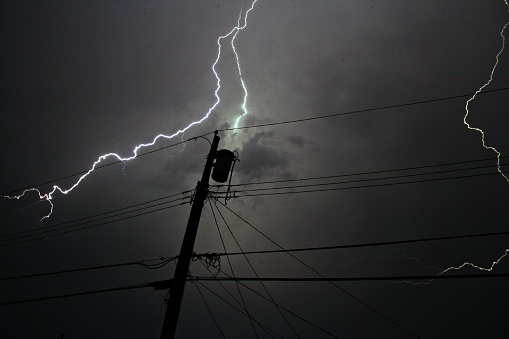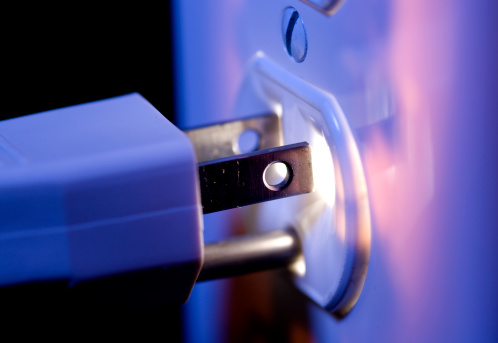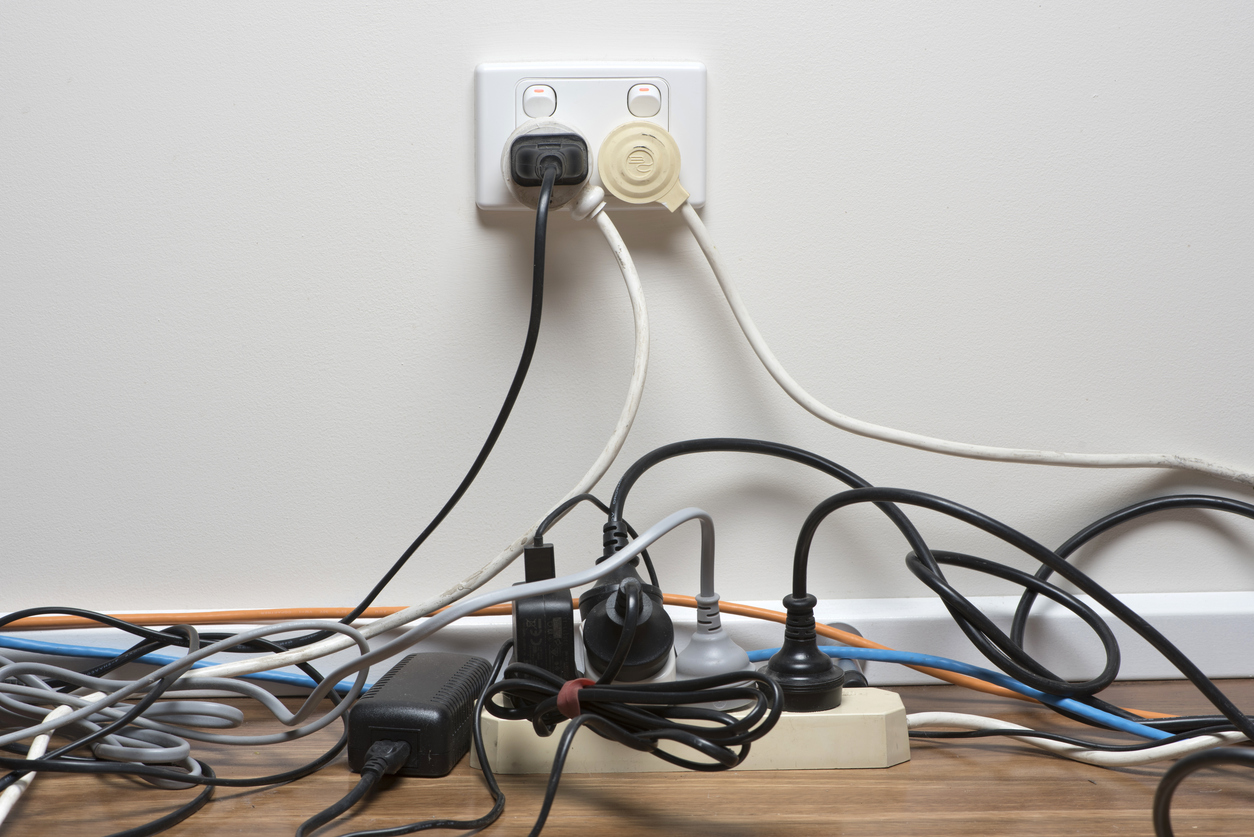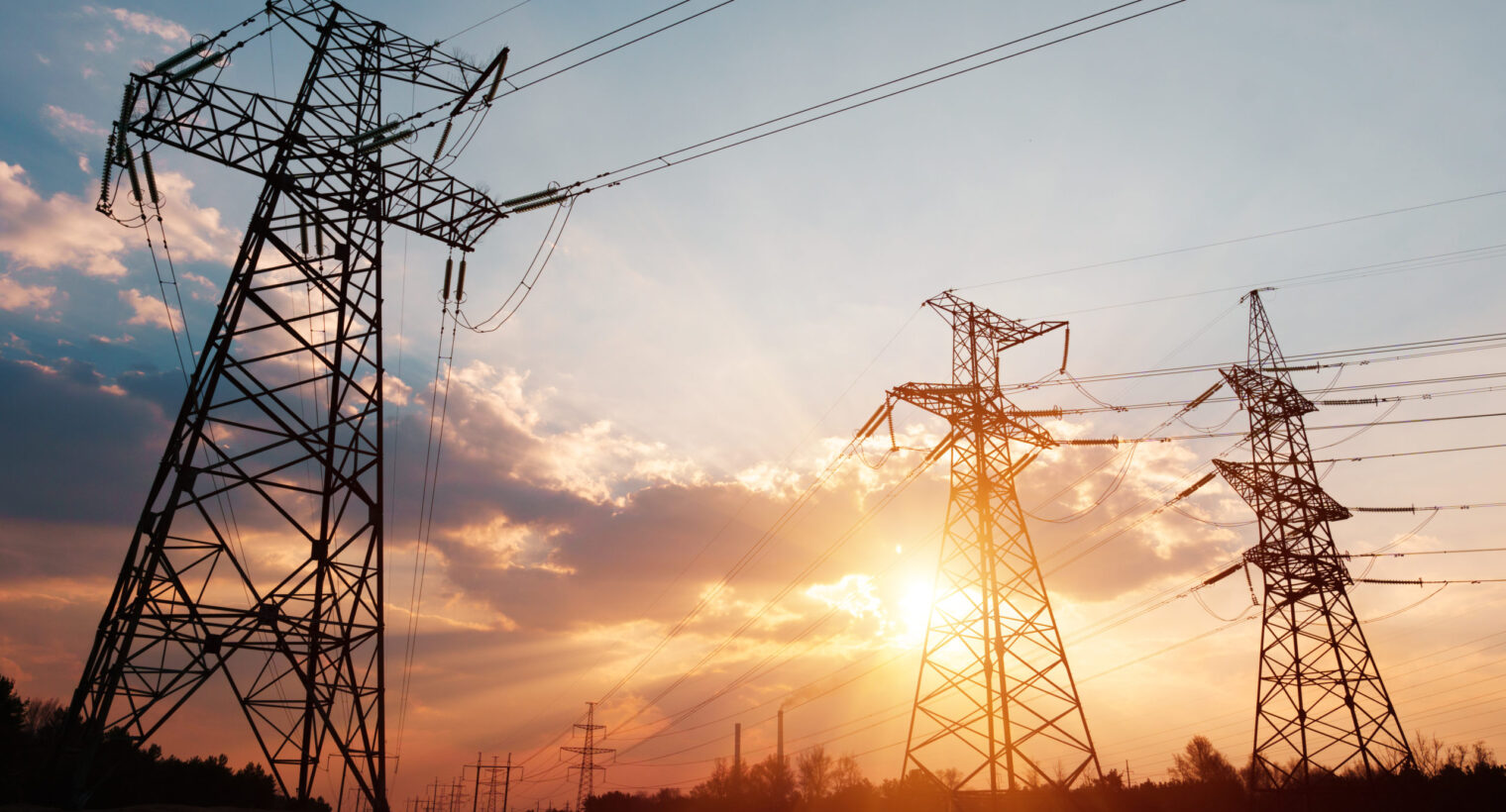This article is your guide to power surge vs power outage. We’ve all had the issue of power outages interrupting our day, especially as more of us are working from home. In our increasingly digital world, understanding the nuances of home electrical systems is more important than ever. Two common terms you might encounter are power surge and power outage.
While they might seem similar, they are different, each with its causes and effects. This comprehensive guide is here to help you understand the difference. Personally, as someone who works from my home office running a lot of electrical output, it was important for me to learn too!
Here at The Energy Professor, we want to give you the information you need to not only save money on your energy bill but to also become more energy efficient. We hope find this post helpful! And makes it easier for you to know more about power surge vs power outages. Be sure also to check out our one-of-a-kind energy savings calculator!
The Energy Professor Electricity Rate Check Tool
What is the Difference Between Power Surge vs Power Outage?

Power surges and power outages are distinct phenomena in home electrical systems, each with unique characteristics and impacts. A power surge is a transient, sudden increase in voltage that dramatically exceeds the standard electricity flow, often caused by external events like lightning or internal shifts from large appliances. This spike can harm sensitive electronics by overloading their circuits. In contrast, a power outage is a total cessation of electrical power, either due to external factors like severe weather and equipment failure, or maintenance activities. Unlike the momentary jolt of a surge, outages result in a complete loss of electrical supply, affecting everything from lighting to the operation of appliances. Both events pose different challenges: surges require safeguarding electronics, while outages call for broader preparedness to maintain household functionality.
What is a power surge?
A power surge is a sudden, brief spike in electrical voltage. This spike can significantly exceed the standard flow of electricity in your home (typically 120 volts in the U.S.). Think of it as a tidal wave of electrical energy that crashes through your home’s electrical system. Power surges can be caused by various factors, from lightning strikes to high-powered electrical devices turning on and off. Understanding what a power surge means is vital, as these surges can lead to power surge damage to sensitive electronics.
What is a power outage?
On the flip side, a power outage refers to the complete loss of electrical power. This can range from a few seconds to several hours or even days. Outages are often due to reasons for power outages such as severe weather, utility equipment failure, or maintenance work. Knowing what is a power outage and its implications is essential for preparing and responding appropriately.
Related p0st: What is a Power Surge?
Why Do Power Surges and Outages Happen?

Power surges and power outages occur due to a variety of reasons, often rooted in the complexity and sensitivity of electrical systems and external influences.
Causes of Power Surges
- Lightning Strikes: One of the most dramatic causes of power surges is lightning. A single bolt can carry a tremendous amount of electrical energy and, if it strikes power lines or a home’s electrical system, can cause an immense surge.
- High-Power Electrical Devices: In your home, devices that consume a lot of power, such as air conditioners and refrigerators, can cause surges. When these devices turn on or off, they can disrupt the steady flow of voltage.
- Faulty Wiring or Electrical Issues: Old or damaged wiring can lead to sporadic surges. This is often seen in older homes where the electrical system might not be up to modern standards.
- Utility Switching: Surges can also originate from your utility company as they switch grids or systems, causing a sudden change in voltage flow.
Causes of Power Outages
- Severe Weather: Storms, hurricanes, ice, and wind can damage power lines and equipment. Trees falling on lines, ice accumulating on wires, and high winds can all disrupt power.
- Equipment Failure: Over time, the components of the electrical grid can fail due to age or malfunction, leading to outages.
- Wildlife: Surprisingly, small animals like squirrels can cause outages if they interfere with electrical equipment.
- Human Error or Accidents: Construction work or vehicular accidents damaging poles or lines can result in a loss of power.
- Planned Outages: Sometimes, utility companies must shut down power intentionally to perform maintenance or upgrades.
When do they happen?
Power surge causes can be internal or external. Internal surges are usually caused by large appliances cycling on and off, whereas external surges might stem from lightning or problems with the utility company’s equipment. As for why power outages happen, they can occur due to a variety of reasons, from natural disasters like hurricanes or tornadoes to human errors or equipment malfunctions.
Is a brownout the same as a power surge?
No, a brownout is not the same as a power surge; they are opposite phenomena in terms of electrical supply. A power surge is a brief spike in voltage above the normal level in an electrical system. This surge, lasting only milliseconds, can potentially cause damage to electrical appliances and devices by overloading their circuits with too much power.
On the other hand, a brownout is a reduction in or restriction of electrical power in a particular area. It’s essentially a drop in voltage, not a complete power outage but a decrease in the electrical power supply. This reduction can cause lights to dim (hence the term ‘brownout’) and can lead to poor performance of electrical devices but generally doesn’t cause the immediate type of damage that a power surge can.
Related post: What Is a Rolling Blackout?
How to Prevent Power Surges and Power Outages

While it’s impossible to completely prevent power surges and outages, there are steps you can take to protect your home and minimize their impact. There are many different steps when it comes to preparing for a power surge vs power outage.
Preventing Power Surges
- Use Surge Protectors: Plugging your electronics into surge protectors can shield them from the excess voltage of a surge. This is especially important for sensitive devices like computers, TVs, and home entertainment systems.
- Install Whole-House Surge Protectors: For broader protection, consider installing a whole-house surge protection system. This device is added to your electrical panel and can protect all the appliances in your home.
- Unplug Devices During Storms: If you know a storm is coming, unplugging expensive or sensitive electronics can prevent damage from lightning-induced surges.
- Regular Electrical System Maintenance: Ensure your home’s electrical system is up-to-date and well-maintained. Old or faulty wiring can increase the risk of surges.
- Upgrade Your Appliances: Older appliances can cause internal surges. Upgrading them to more modern, efficient models can reduce this risk.
Preventing Power Outages
While you can’t prevent external causes of power outages like weather or utility issues, you can prepare your home:
- Emergency Preparedness Kit: Have an emergency kit with flashlights, batteries, a first-aid kit, and other essentials.
- Invest in a Generator: A generator can provide crucial backup power for prolonged outages. There are various types, from portable to standby generators, depending on your needs.
- Regular Tree Trimming: Keep trees around your property well-trimmed, especially those near power lines, to prevent them from causing damage in severe weather.
- Stay Informed: Sign up for local alerts and keep track of weather forecasts, especially during seasons prone to severe weather.
- Protect Your Home Systems: Consider installing devices like a sump pump with a battery backup to prevent flooding during outages and ensure your home insurance covers damage from surges and outages.
By taking these proactive steps, you can significantly mitigate the risks associated with power surges and outages, ensuring that your home and appliances remain safe and functional. Understanding the power difference between a surge and an outage is crucial for any homeowner. By recognizing what power surges and power outages mean, and implementing strategies for prevention and preparedness, you can protect your home and maintain peace of mind. Remember, knowledge about when power surges happen and what happens during a power surge is your first line of defense in safeguarding your home’s electrical system and the valuable electronics connected to it.
What happens when your house has a power surge?
Power Surge vs Power Outage FAQ
Q: How do you tell if there has been a power surge?
A: You can tell if there has been a power surge by looking for signs such as tripped circuit breakers or GFCI outlets, flickering or dimming lights, malfunctioning or non-responsive electronics, digital clocks resetting to default settings, and activated indicator lights on surge protectors. These signs indicate that an abrupt increase in electrical voltage has occurred, potentially affecting your home’s electrical system and devices.
Q: How long can a power surge last?
Power surges are typically very brief, lasting only a few milliseconds (thousandths of a second). Despite their short duration, they can carry a significant amount of energy and have the potential to cause considerable damage to electronic devices and appliances by overloading their electrical circuits. While the surge itself is over almost instantaneously, the effects of a severe power surge can be long-lasting, especially if it results in damage to sensitive electronic equipment.
Do you Need Cheaper Electricity?
If you’ve taken the time to understand the information on your bill and discovered you’re paying more than you’d like for your electricity, have you looked around for a cheaper deal? The Energy Professor has a wealth of information on ways to save on your utilities, including details of top deals that could significantly reduce your monthly or quarterly electricity bills.
We hope you found this article helpful! If you are looking for ways to increase energy efficiency and sustainability in your home be sure to look at the latest renewable energy options in your area. The Energy Professor helps residential and small business owners find qualified energy suppliers in New York, New Jersey, Pennsylvania, Texas, Ohio, Maryland, Illinois, and Massachusetts.


